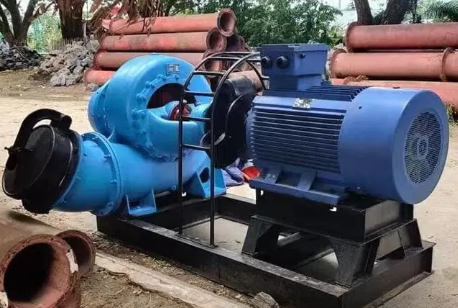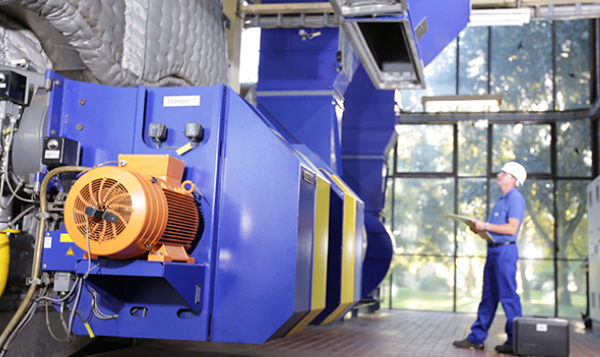The wiring of the electric motor is a very important task in the installation of the motor.

Before wiring, you should understand the wiring circuit diagram in the design drawings, and wiring can be done according to the wiring diagram in the motor terminal box.
The wiring method varies.
The wiring of DC motors is generally shown on the cover of the terminal box with a circuit diagram, which can be selected according to the excitation form and load steering requirements.
The wiring of an AC motor, even if the phases are reversed, will only cause the motor to reverse without damaging the motor, except when the load being towed has strict steering requirements.
However, if the excitation winding and armature winding of a DC motor are reversed, it may cause the motor to lose magnetism when the armature is charged and the excitation winding is not charged, which may cause the motor to fly at no load and burn the rotor at heavy load. Therefore, the external wiring of the armature winding and the excitation winding of a DC motor should never be reversed.
The external wiring of the motor.
Before connecting the motor to the external wires, the end cover should be checked to see if there is any looseness in the winding terminals, and when the internal lead screw is tightened, the required wiring method can be connected to the short circuit piece and crimped to the external wires.
The insulation of the motor should also be checked before wiring.
It is advisable to complete a single commissioning check of the motor before wiring, and to connect the external wires when the motor meets the current specifications.
The insulation resistance of a low voltage motor is generally required to be greater than 0.5MΩ, using a 500V shaking table.

After the motor is installed and wired, the following checks should be carried out mainly before the motor is put into test operation.
(1) Civil construction cleaning and finishing is completed.

(2) The installation and inspection of the motor monoblock is completed.
(3) The commissioning of the motor control circuit and other secondary circuits is completed and working normally.

(4) When the motor rotor is moved, the rotation is flexible and there is no jamming.
(5) All wiring of the motor main circuit system is firmly fixed and free from any looseness.
(6) Other ancillary systems are complete and qualified.
Among the above six articles, the installation electrician should pay special attention to the fifth article.
The main circuit system mentioned here refers to all the main circuit wiring from the power input of the distribution cabinet to the motor terminals, which should be firmly connected.
Air switch, contactor, fuse and thermal relay, each upper and lower contact point of the distribution cabinet terminal block and motor wiring should be crimped securely to ensure reliable and safe operation of the motor, otherwise, there is a risk of burning the motor.
When the motor is in trial operation, monitor whether the motor current exceeds the specified value and make a record.
In addition, the following items should be checked.
(1) Whether the direction of rotation of the motor meets the requirements.
When the AC motor is reversed, any two motor wiring can be exchanged; when the DC motor is reversed, two armature voltage wiring can be exchanged, and two excitation voltage wiring can be changed.
(2) The sound of motor running meets the requirements, i.e. no friction sound, screeching sound, card touching sound and other abnormal sound, otherwise it should be stopped and checked.

Dongchun motor is a professional manufacturer of electric motors in China.
They supply both single phase and three phase motor as follows
single phase motor : YC, YCL with cast iron body and ML , MY motor with Aluminium body
Three phase motor : IE1, IE2, IE3 motor for both cast iron body and Aluminium body
Brake motor: DC brake motor and AC brake motor
VFD motor : frequency variable drive motors.
If you would like to make a professional order, please kindly send us an inquiry.

Dongchun motor has a wide range of electric motors that are used in various industries such as transportation, infrastructure, and construction.
Get a prompt reply.








